A Look Into the Rich History of the Hamlet
So, guess what? Quaint, bucolic Water Mill is actually named for a water-powered grist mill! Edward Howell, one of the original settlers of Southampton in the 1640s, built the mill on 40 acres of land along Mill Creek donated by the Town of Southampton. Local historians have concluded that the mill was likely in operation by 1644. The Town granted permission to move the mill farther south down the pond to its present location in 1726, when permission was also granted to construct a dam and roadway.

Many storied Southampton families owned the mill over the next few centuries, including those of William Ludlam Sr., Elias Petty, William Foster, Hugh Smith, Jesse Hedges, John White and John Benedict. In addition to milling grain and manufacturing paper, the water power of the mill was used to weave, spin, dye, and full wool cloth. By the turn of the 20th century, all grinding operations at the mill had ceased and the building was used to store ice harvested from Mill Pond. With the harvested ice and the availability of milk and cream from the many local dairies, the then owners of the mill (the Benedict family) started the Benedict Ice Cream Company which was by all accounts a great East End success.
In 1918, the Ladies’ Auxiliary of Water Mill Village Improvement Society leased the mill from the Benedict family to be used as a tearoom and gift shop benefitting the New York State Blind Workshop; the Ladies’ Auxiliary purchased the mill from the Benedicts in 1942 for $2,000. The Ladies’ Auxiliary had determined that the mill should be operated as a museum and spent years fundraising and reconstructing the mill to appropriate historical specifications, including reconstruction of the water wheel. The museum opened in 1968, with renovations and the restoration project ongoing. This restoration project took years, requiring major funding and lots of labor generously donated by Water Mill residents and others. And just in time for our nation’s bicentennial celebration in 1976, this historic water-powered grist mill – one of the oldest commercial buildings on Long Island – was grinding once again.
Almost 50 years later and the Water Mill Museum has expanded beyond the grist mill to include historical exhibits of life in the hamlet of Water Mill, including farming, ice harvesting, gardening, and whaling; the museum also showcases the artwork and quilt work of its members. The main floor of the mill showcases the tools that built the mill, the gears and the grinding platform; the second floor houses a recreation of Water Mill’s first post office, and a memorial to those Water Mill men and women who served in the military from the Revolution through the Gulf War. The grounds of the museum now include the Benedict Potting Shed (used for making pottery and houses the Clay Art Guild of the Hamptons) and the Colonial Garden (a garden exhibiting herbs used in medicine and cooking by the early settlers).
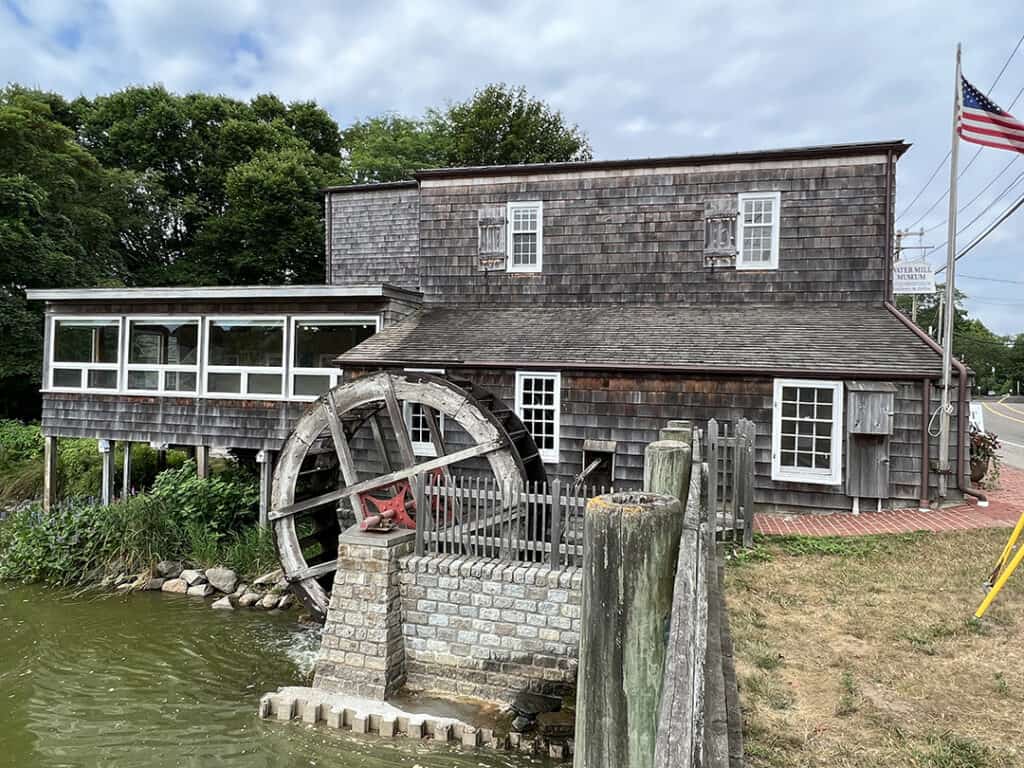
Recently, the museum installed an exhibition highlighting the history of ice boating in and around Water Mill. Ice boating, which began in Holland in the early 1600s, was a practical means to transport goods during the winter when local waterways were frozen solid. The original ice boats which were brought to the colonies by Dutch settlers, were very basic in design: just an ice skate attached to an ordinary boat. Ice boating is a Water Mill tradition that started in 1836 with Daniel Hildreth and Charles Howell, who built their own ice boat to sail across the frozen Mecox Bay; by the turn of the 20th century, more local residents had taken up the sport and the Ice Boat Club of Water Mill was formed. The sport became highly competitive, with many local denizens spending much of the fallow winter months building and racing ice boats for sport.
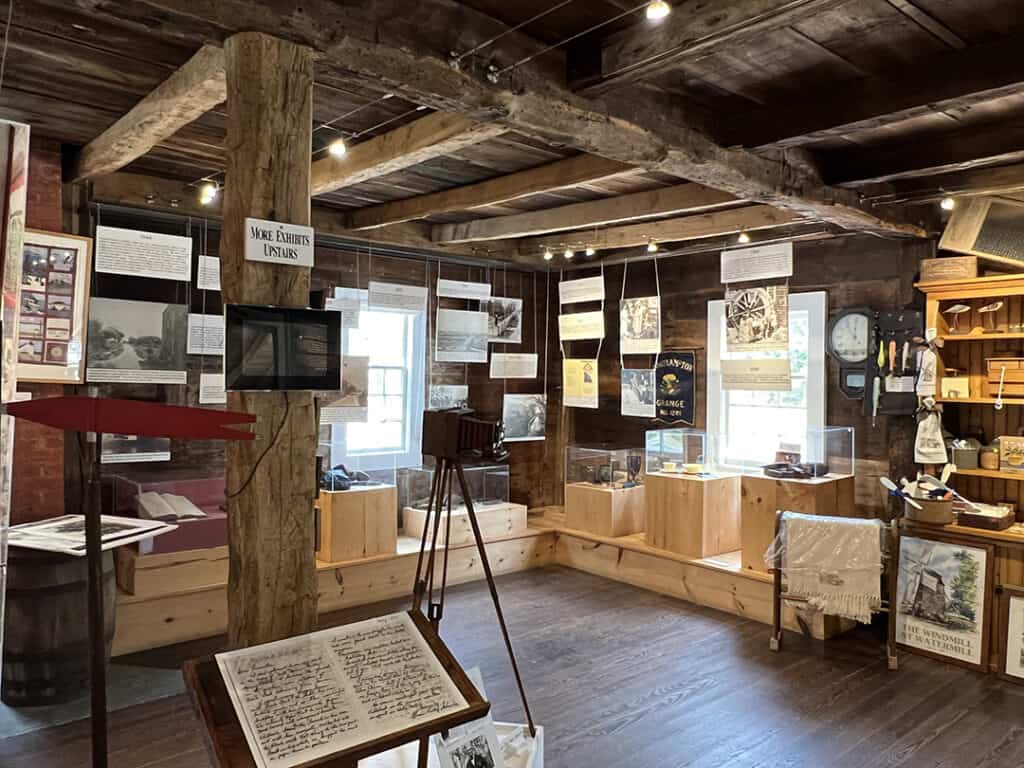
By 1927, the Ice Boat Club had morphed into the Mecox Bay Ice Yacht Club with many new ice boating enthusiasts – a tradition which continues to this day, weather permitting of course. Traditionally, the ice boaters launched from Flying Point and on a good day (meaning a very cold day when the bay was frozen!) one could see dozens of ice boats zipping along Mecox Bay. “Ice boating remains a living tradition here in Water Mill,” shares Water Mill Museum Manager Rachel Verno. “There are many local Water Mill residents who still keep their ice boats ready to go for that one day when Mecox Bay freezes over.”
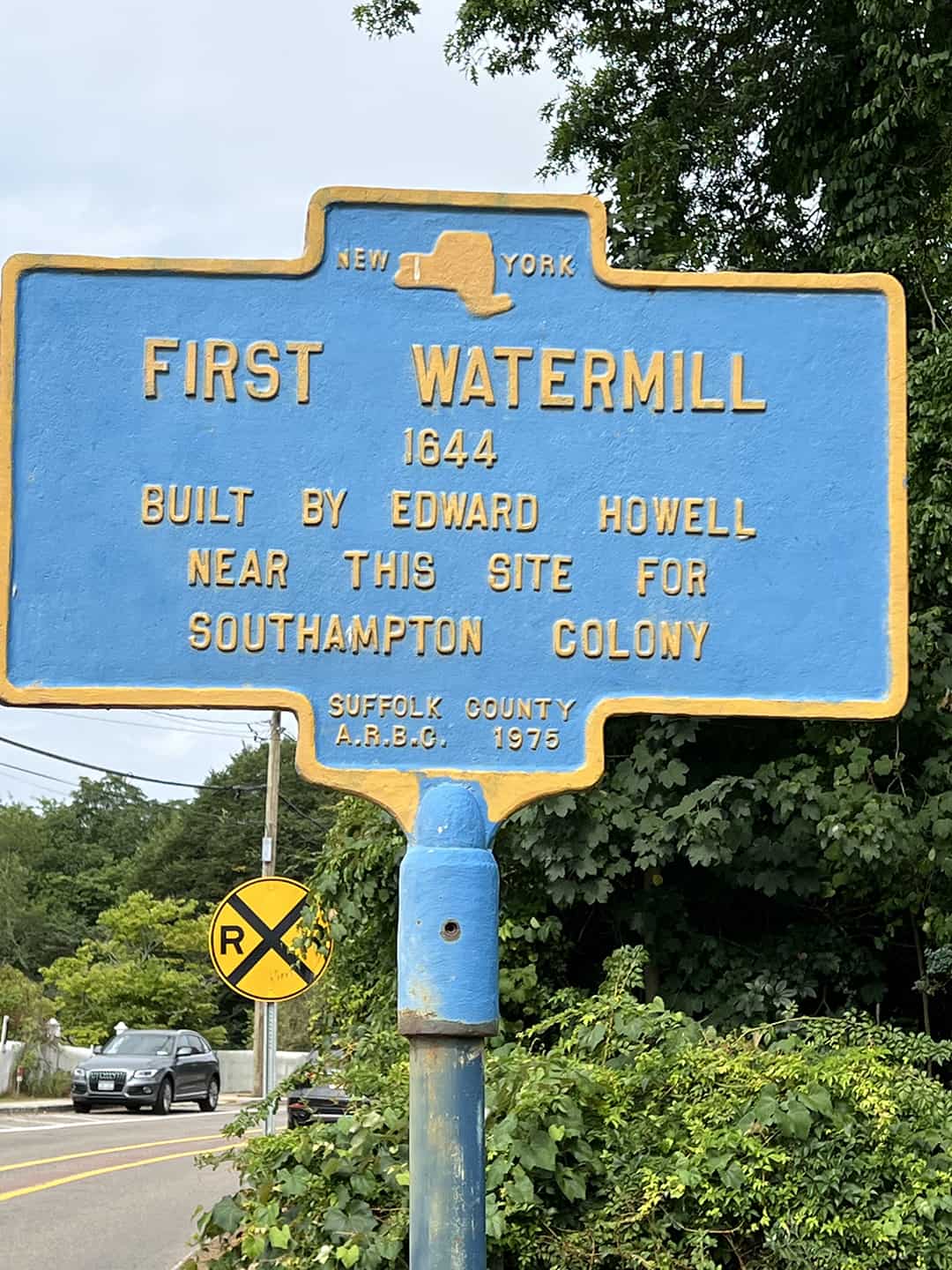

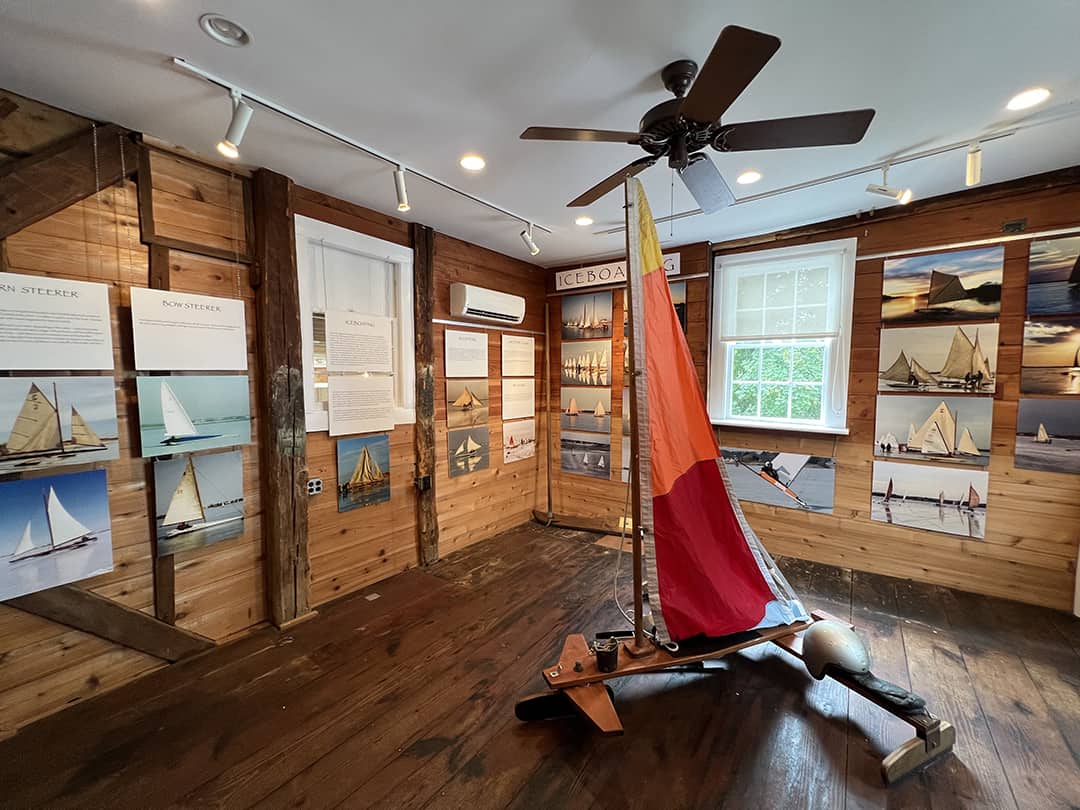
The Ice Boating exhibition features photos and journals from the private collections of Water Mill ice boaters – some of whom still live in the area and await the next time Mecox Bay can play host to the waiting ice boats. For now, the rich history of Water Mill’s ice boating tradition will remain on display through October 9.
For additional information and museum hours, visit watermillmuseum.org.

















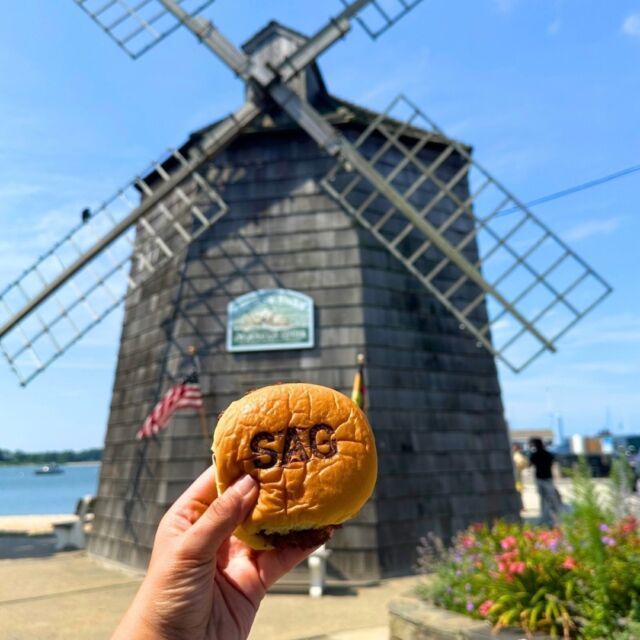
![At @inspirseniorliving, they’re transforming senior living and elevating every dimension of life. With a philosophy that embraces enhanced wellness and immersive experiences, their communities offer residents a lifestyle that meets and exceeds everything they’ve envisioned for their lives; including Assisted Living, Memory Care, or Enhanced Care. [link in bio]](https://hamptonsrealestateshowcase.com/wp-content/uploads/sb-instagram-feed-images/452692090_1818077558601184_7837181803899896025_nfull.jpg)
![A winding private drive leads the way to 198 Two Holes of Water Road, situated on 10± acres with plenty of seclusion, privacy, and an all weather tennis court. After undergoing a top-to-bottom renovation in 2019, the estate has been marked by dramatic sculptural touches, wide expanses of scenic space, and is ready for immediate occupancy. Represented by @tomcavallo of @douglaselliman. [link in bio]](https://hamptonsrealestateshowcase.com/wp-content/uploads/sb-instagram-feed-images/452714375_18452144299030135_7245639606158274147_nfull.jpg)


![When Brooke Abrams undertook the interior decoration of an ultra-modern beach house designed by Bates Masi + Architects, her clients wanted everything to look very "rich and luxurious." In addition to unifying the interior space with the exterior space, Abrams sought to bring a sense of cohesiveness to the house. “It had a lot of beautiful pale woodwork in creams and beiges and greys,” she recalls. “Rather than introduce new colors, I felt it was important to stay within that neutral palate so that everything felt integrated.” [link in bio]](https://hamptonsrealestateshowcase.com/wp-content/uploads/sb-instagram-feed-images/452279191_374759435318292_2948881216648686178_nfull.jpg)


